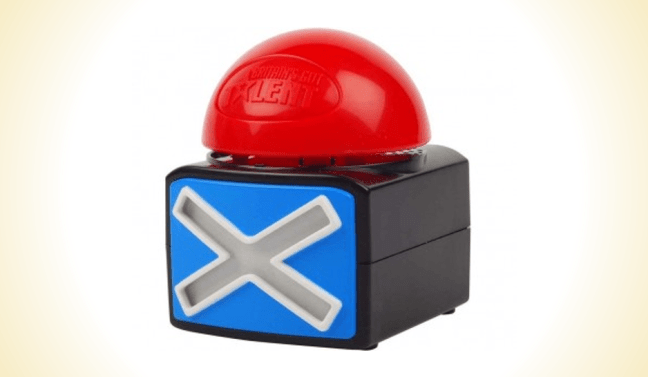From tractors to Ferrari’s and everything in between, engines of all sorts are incapable of functioning without a heavy disc of spinning metal known as a Flywheel. The more you know about the role of and characteristics of the Flywheel, the more you may see parallels with your own organisation.
First, some basics about the operation of an engine when used to generate enough energy to move things.
Strip out all the fancy from an engine, and you are left with a few basic principles;
- Fuel is injected into a chamber along with some air, the chamber or Cylinder has a rod or piston at one end.
- The fuel mixture is ignited by an electric spark causing the expanding gasses from the explosion to push the piston outward.
- The other end of the piston is attached to a shaft, which turns as the piston moves, converting the piston’s outward movement into rotation
- A number of ignitions are timed in a number of chambers creating a continuous rotation of the shaft
- The end of the shaft is attached to a Flywheel which is hard to turn at first due to its weight (hence why engines have electric starter motors to get the flywheel turning)
- Now that the Flywheel is moving, and it has momentum, it has much more energy than any individual ignition could produce, meaning that the Flywheel is storing up the energy from hundreds of individual sparks, ready to move the wheels
- When you want to move, the clutch plate is allowed rub against the Flywheel transferring the Flywheel’s energy out to move the wheels and overcoming the vehicle’s inertia.
Like an organisation, the engine needs to be in balance to perform as a whole, and it also needs to be optimised for the function it is intended to perform.
The amount of fuel and the size of the spark, the timing of ignition and in which order. And finally, the size of the flywheel are critical in order to get the balance right between the need for agility (lighter is better) versus the need for power (heavier is better).
I love the concept of a Flywheel because it is so critical yet so often ignored, and so much of the of an engine’s power comes for the energy stored in the Flywheel. Kids debate number of cylinders, capacity, etc, but never the size of the Flywheel!
Organisations of all sizes need to have a Flywheel function too, a place to store the sparks of innovation ready to release them at the optimal moment. Sure, a powerful Flywheel can be the enemy of Agility, but that’s about right-sizing the Flywheel to make sure an appropriate trade-off is made between power and control. But like engines, if the Flywheel is too small the whole thing will grind to a halt when things get tough, too big and it will be hard to alter the speed of the engine easily.

- Crankshaft (red), pistons (gray) in their cylinders (blue), and flywheel (black) (Photo credit: Wikipedia)
When I think about a Flywheel Function, I think about Finance, IT, Project Management Office, HR and other corporate services. The rightsizing of those functions is essential if the business is to perform, both to ensure that momentum is maintained when new ideas are scarce, but able to respond quickly when innovation emerges.




